Great destinations of Venezuela - #2 Cubagua Island
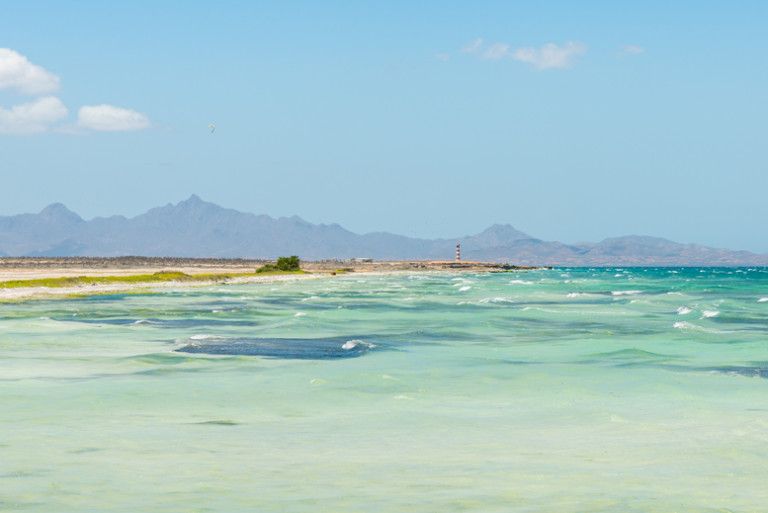
The Island of Cubagua is an island of the Caribbean Sea, located to the northeast of Venezuela. It has an area of 24 km ², an elliptical form and a maximum height of 32 meters. With a dimension of 9 kilometers long by about 3 meters wide, it's part of the Nueva Esparta State since January 28th of 1948. It is part of the Municipality of Tubores of Nueva Esparta State. This state, in addition to Cubagua, is also part of the islands of Margarita & Coche.
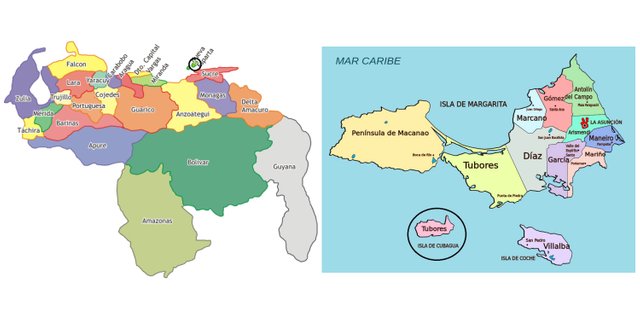
There are few people living on the island and not too many buildings. Only a lucky few can reach to enjoy its great beauty, peace and tranquility. There is only sea and sand to see, and the famous ruins of the old City of Nueva Cádiz.
It protects in itself a really beautiful landscape, with the extensions of sand and cactus, this way the island the becomes paradisiacal pretension of anyone who longs days of complete tranquility lying in the sun, enjoying the gentle breeze.
The vegetation is barren but includes a series of species of cactus such as Cardón, Buche, Sabana or Mount. It also has small populations of marguerite rabbits, feral goats and a large population of typical street dogs on the island.
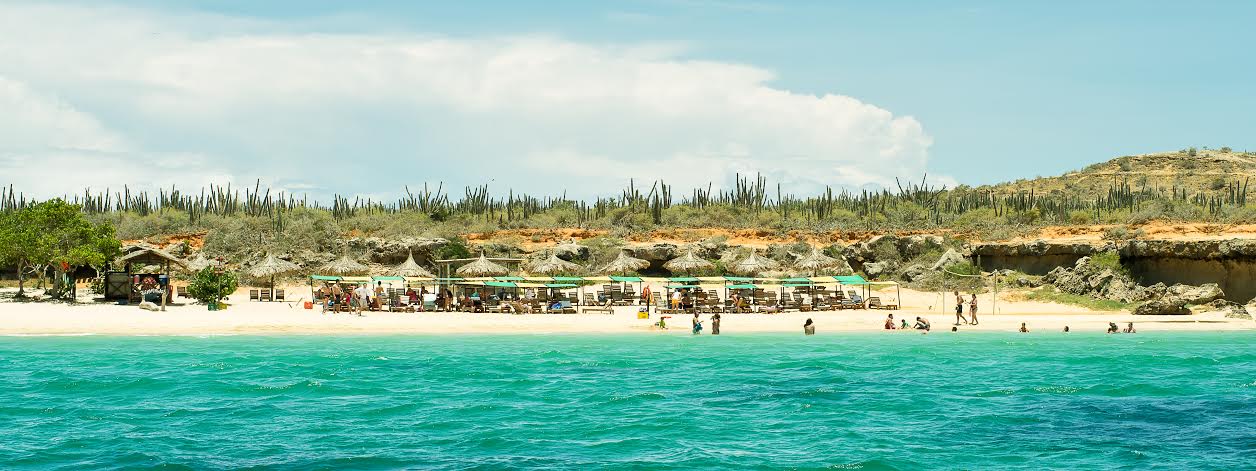
To get to the Island of Cubagua you have to travel by yacht or boat, with everything you need to spend a hot day on this beach of the Venezuelan Caribbean.
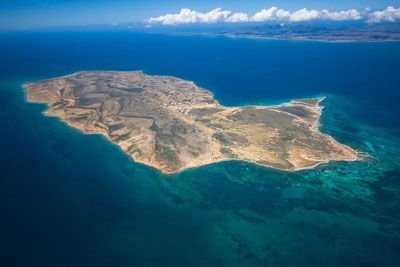
A bit of its history:
Cubagua was discovered in August of 1498, in the course of the third voyage of Christopher Columbus and it was then when he realized the wealth existing in its vicinity. Then, in 1528 the City of Nueva Cadiz gets installed on the island.
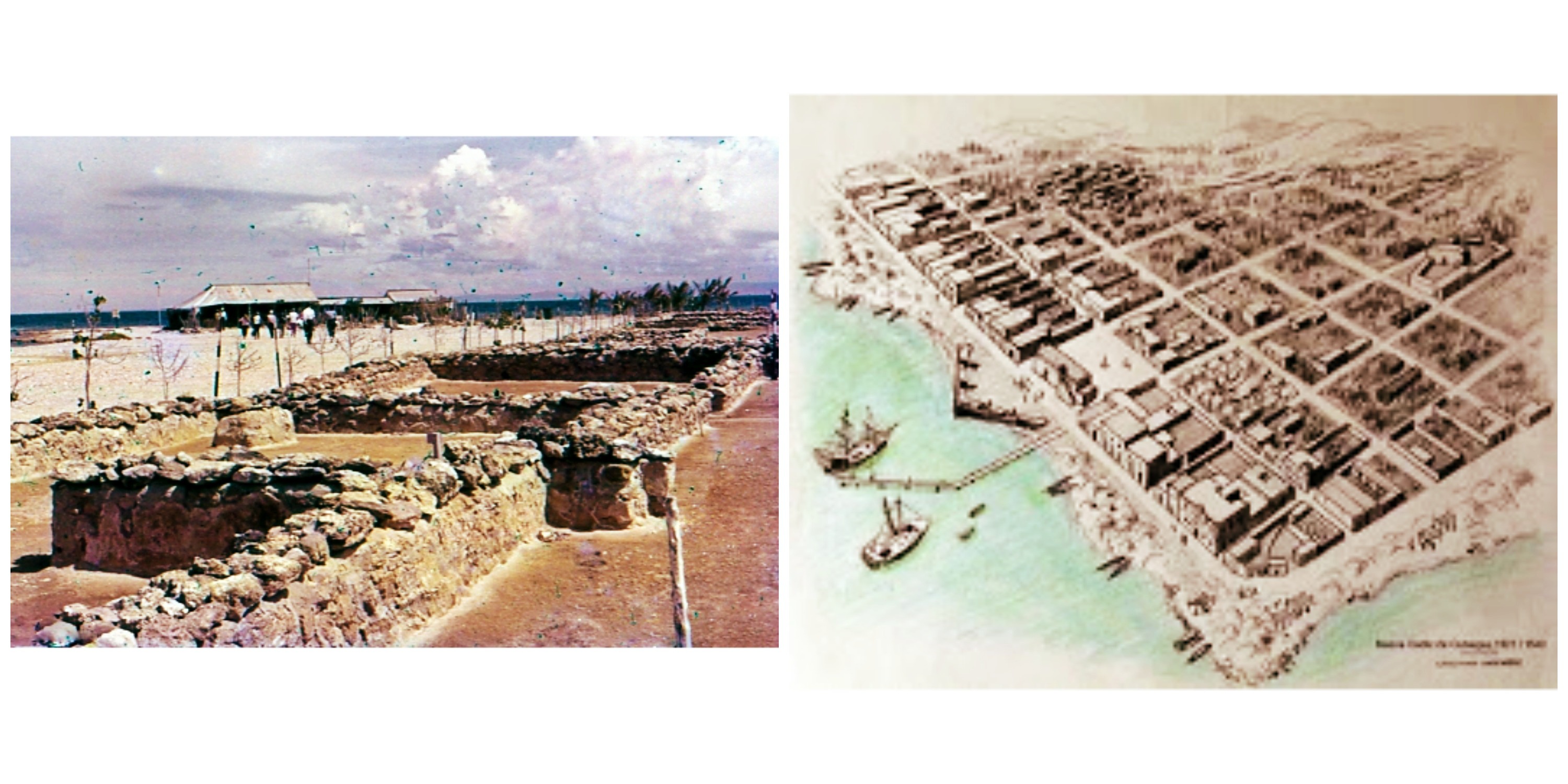
In 1541 a storm or cyclone produced great damages in the city. And in 1542, the expeditionaries who had discovered and navigated the Amazon River, under the command of Francisco de Orellana, arrived and were welcomed and hosted by the locals. For 400 years, Nueva Cadiz was forgotten in time, until 1948, when Dr. Pablo Vila visited the island with a group of students. And it wasn't until 1955 that the archaeologist José María Cruxent directed an excavation in the Island of Cubagua, to unearth the city, exposing the urban layouts corresponding to 11 blocks.
He identified the port, the convent, among others buildings and rescued refined architectural pieces as columns, gargoyles, shields and also ceramics and objects of daily use. The analysis of the rocks indicates that they are composed of a type of sandstone that does not exist on the island of Cubagua, so it is believed that the columns are of artificial origin, probably from the peninsula of Araya and the island of Margarita stones were brought in, to be used in the construction of houses and the buildings for the city of Nueva Cadiz.
__
The fame of the island was its misfortune as the most important pearl emporium of the New World
The inhumane treatments to the original inhabitants by the greeded man looking for beautiful pearls, made the natives prefer death before their cruel reality. They were required to swim to the depths of the waters searching for pearls since sun came up until it was hidden, and if they dared to rest they were stabbed and thrown into the water, where they bleed till the sharks came for them.
Slaves were identified with a red-hot iron mark in the forehead and shoulders with a letter "C" and a number. They were treated as animals that were listed to get to the origin of the pearls extracted from the sea, and there was no discrimination: men, women and children were subjected to the red-hot iron. The story tells that the pearls became a precious treasure demanded by other pre-columbian civilizations, such as the Mayas, who traveled from the coast of Quintana Roo in Mexico to Cubagua to negotiate the pearls of the Guaiqueríes Pacific. In the tombs of Palenque, the Mexican state of Chiapas, basins of pearls from Cubagua were found, which shows the mystical value of these pearls in the American culture.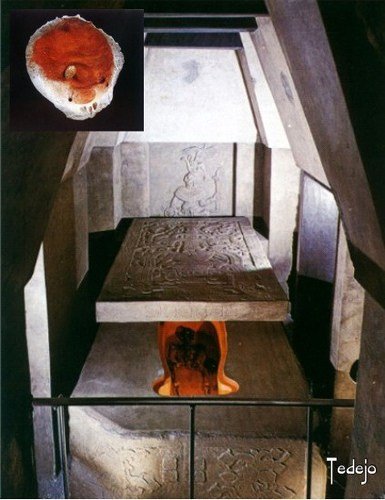
In 1979 the ruins of Nueva Cadiz were declared National Monument.
The Santa Ana Ferry
One of the most famous trips inside the island is to go to Charagato Bay to do underwater tourism next to the Santa Ana Ferry. In 1980 this ferry from the private company Conferry was doing the Puerto La Cruz - Margarita Island route and is believed that one of the cars it carried or a fire originated in the ship's kitchen, spread all over the ship, and consumed it in its entirety. Fortunately all the people left unharmed, and could be rescued and transferred to other boats that attended the emergency call.
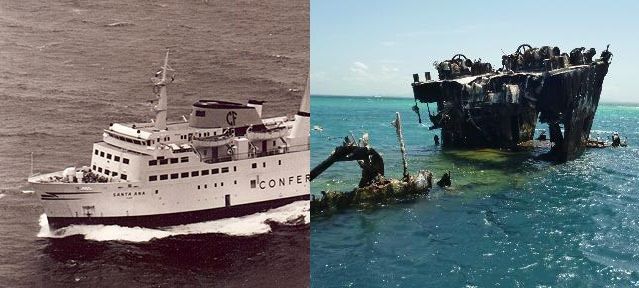
It is said that it was a miracle of the Virgin of the Valley that saved all those people on May 7th in 1980, and most of the survivors were completely sure of it. Once again, the Virgin of the Seas, the fishermen and the Venezuelan Caribbean have a presence in the histories of our region.
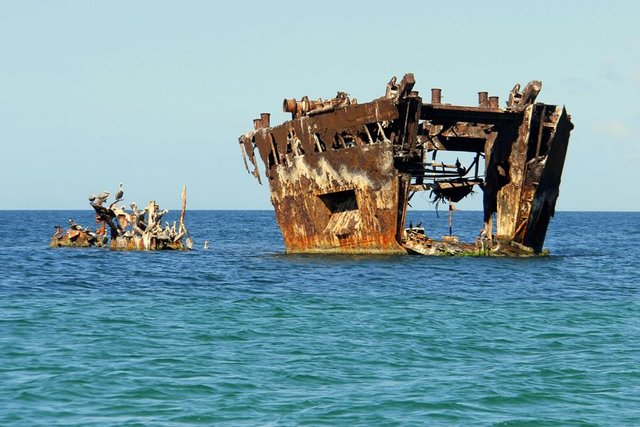
In Cubagua was given the first Venezuelan election of mayors back in 1529
In accordance with their culture, the Spanish implanted in American lands, in the initial years of the Conquest and Colonization, the reproduction of their institutions. Among them, the Cabildo stands out as a form of political and collective organization. In the City of New Cadiz, the pearly emporium of the New World, is organized on January 1st of 1529 the first free election of mayor. On that day, the neighbors voted for Pedro de Herrera to become Mayor, and consequently, the highest civilian authority in the City.
Cubagua has been a prodigious reservoir of pearls of the most exquisite sizes and perfection, as there is no other in the sea. The transparency of its waters, temperature, sand and plankton are unique conditions.
The canyon of Las Calderas: the paleontological paradise of the Island of Cubagua
Paleontological samples are between 3 and 4 million years old. They are extincted and there are no genres representative of them at present
This oasis with paleontological deposits has been used to understand the environments in which the rocks of the "Formation of Cubagua" are deposited, a formation from the Neogene Period, Late Miocene and Early Pleistocene.
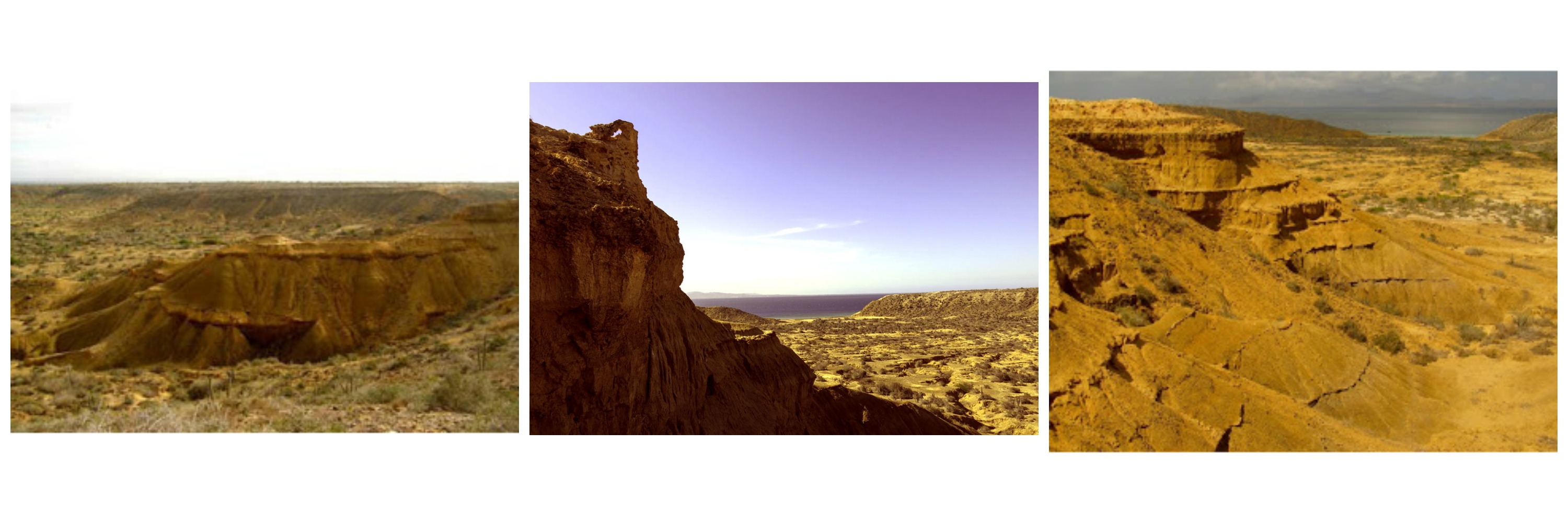
Geological studies indicate that the geological history of Cubagua began about 5 million years ago, when the portion of occupied land was invaded by the sea, populated by coral reefs, invertebrates, fish and even dolphins. The erosion of millions of years has been recorded on the rocks of Las Calderas Canyon and in the base of this place, with little xerophytic vegetation, its found an immense paleontological sample that includes fossil invertebrates, where the molluscs stand out. The Coordinator of the Paleontology Unit of the Marine Museum of Margarita Island, Juan Capelo said "The paleontological samples existent in the canyon of Las Calderas have a very different composition of both species and families. A faunistic composition so heterogeneous indicates that the waters possessed favorable conditions for biological productivity". He also mentions as an example of the rich marine ecosystem reigning 5 million years ago in Cubagua, the presence of two families of bivalves, pestynids and oysters, with about 30 species derived. "They are characterized by feeding on plankton, which depends on high aquatic productivity, which is given by specific hydrochemical properties: low temperatures and high level of nutrients" notes Capelo
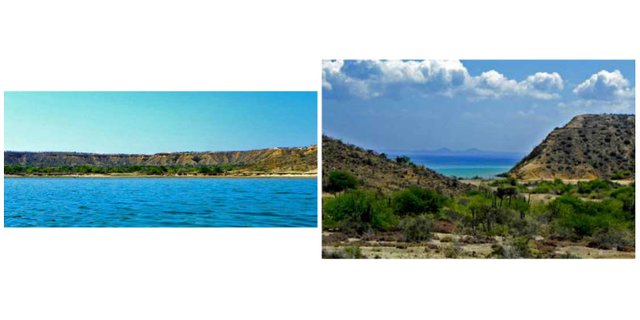
It is noteworthy that many of the samples that are present in this fossiliferous oasis on the Island of Cubagua come from the Pacific Ocean, corresponding to a geological stage prior to the closing of the Isthmus of Panama. Another information provided by the experts is that 80% of the species of gastropods that are obtained in the cannon are already extinct in the Atlantic & Caribbean. Of the remaining 20% that is still in effect, half is in the Gulf of Mexico and the east coast of the United States. The other 10 percent is present in the Southern Pacific Ocean. "The great paleontological value of Las Calderas canyon is given for being an environment that has remained unchanged for millions of years," he concludes.
To conclude, you should know that The Island of Cubagua is one of the best places to enjoy a natural dose of mud therapy.
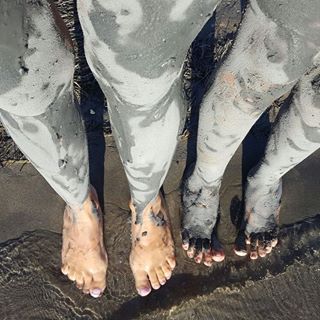
It is a pleasure to show you the beauties of my country.
_
...Welcome to Venezuela
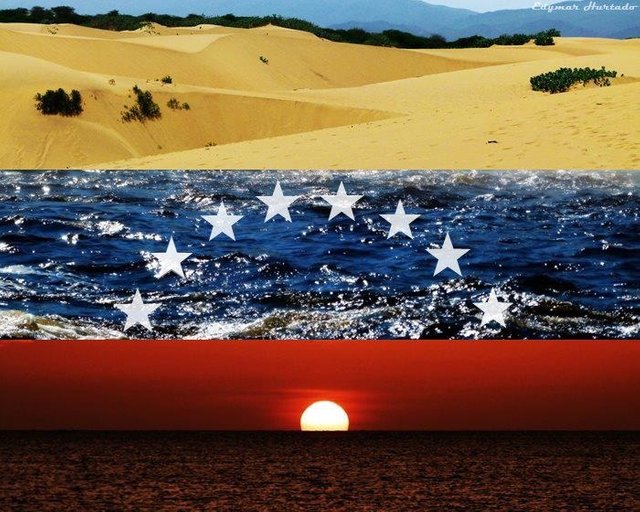
I saw your post on facebook vote I hope you vote, I'm also Venezuelan and I have a post about steemit for venezuelans
Nice!!! Claro que si, te sigo y te voto. Un gran abrazo
I love all the photos, but my fav is the second place one. Upvoted and resteemed
@anotherworld
Congratulations @anotherworld! You have completed some achievement on Steemit and have been rewarded with new badge(s) :
Click on any badge to view your own Board of Honor on SteemitBoard.
For more information about SteemitBoard, click here
If you no longer want to receive notifications, reply to this comment with the word
STOP